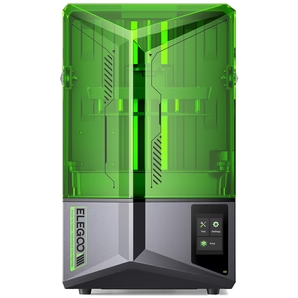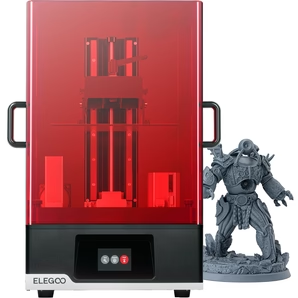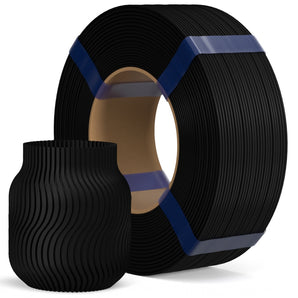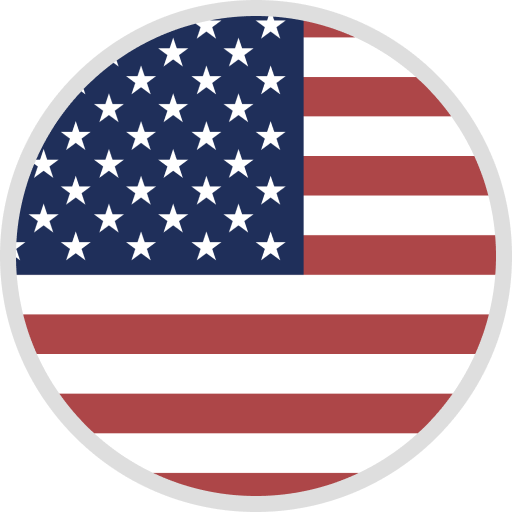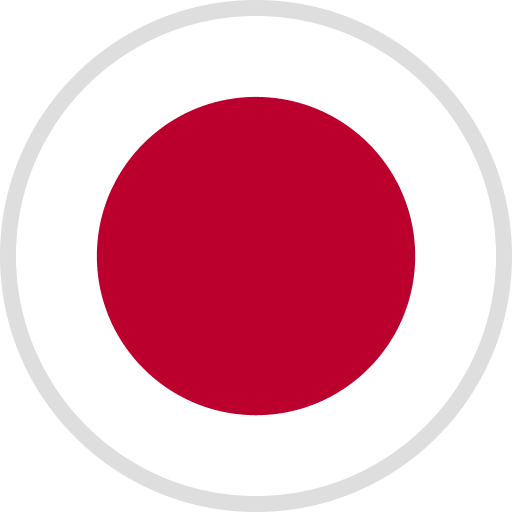At the University of Alberta, a student-led engineering team is diving deep into innovation—literally. The Autonomous Robotic Vehicle Project (ARVP) is building a fully autonomous underwater robot to compete in the international RoboSub competition, a high-level challenge focused on underwater navigation, object recognition, and mission execution.
To bring their latest robot, Mini-bot, to life, the team integrated 3D printing into multiple phases of their design and prototyping process. By leveraging both resin and FDM 3D printing technologies, they were able to iterate faster, validate design ideas in real-world environments, and make material-driven decisions based on underwater testing.
Initially, the team used an ELEGOO Mars 5 Ultra resin printer and Mercury XS cleaning and curing station to produce critical components such as:
●Thruster mounts
●Acoustic modem housings
●Various structural prototypes
Printed with ELEGOO Standard Resin, these parts offered the fine detail and strength required for hydrodynamic performance and load-bearing underwater tasks. The absence of visible layer lines in resin prints contributed to improved mechanical properties under specific stresses.



Resin-printed parts made by the ARVP team.
“Thanks to our new Mars 5 Ultra SLA printer and Mercury XS cleaning-curing station from our friends at @elegoo, we are able to print some high-quality thruster mounts out of Elegoo standard resin for our new sub, Mini-bot!” — ARVP team via Instagram.
As the design evolved, the thruster mounts were later transitioned to FDM printing due to changes in geometry and mounting requirements. This is where another ELEGOO contribution came into play: the team received two Neptune 4 Plus FDM printers and filament, which enabled them to produce a wider range of structural components, including:
●Buoyancy pod mounts
●Camera holders
●Internal trays
●External battery pod trays
●A full-scale mockup of the robot hull.
The combination of SLA and FDM printing allowed ARVP to remain flexible and efficient throughout development. SLA parts fulfilled early-stage precision needs, while FDM printing offered speed and scalability for larger, structural elements. This rapid prototyping workflow significantly reduced development cycles and helped the team adapt quickly to evolving project requirements.
“Thank you to @elegoo for the two Neptune 4 Plus Printers and filament! We have been putting them to good use…”— ARVP team on social media. From tank tests to tolerance adjustments, 3D printing played a central role in turning ideas into functional systems. For student engineers working on experimental designs within tight timelines, the ability to iterate quickly was essential.



FDM-printed parts made by the ARVP team
ELEGOO is proud to support educational and research projects like ARVP, where technology meets ingenuity. Real-world testing, fast design changes, and hybrid 3D printing strategies are no longer limited to industrial settings. With accessible tools, student teams are pushing the boundaries of what’s possible—one print at a time. With RoboSub 2025 taking place this August, the final stages of testing and integration are still underway. ARVP’s progress demonstrates how accessible 3D printing technology can support advanced engineering, even in highly complex applications.
If you'd like to follow more updates from ARVP or learn how 3D printing is being used in education, research, and robotics, stay tuned—we’ll be sharing more soon.


































